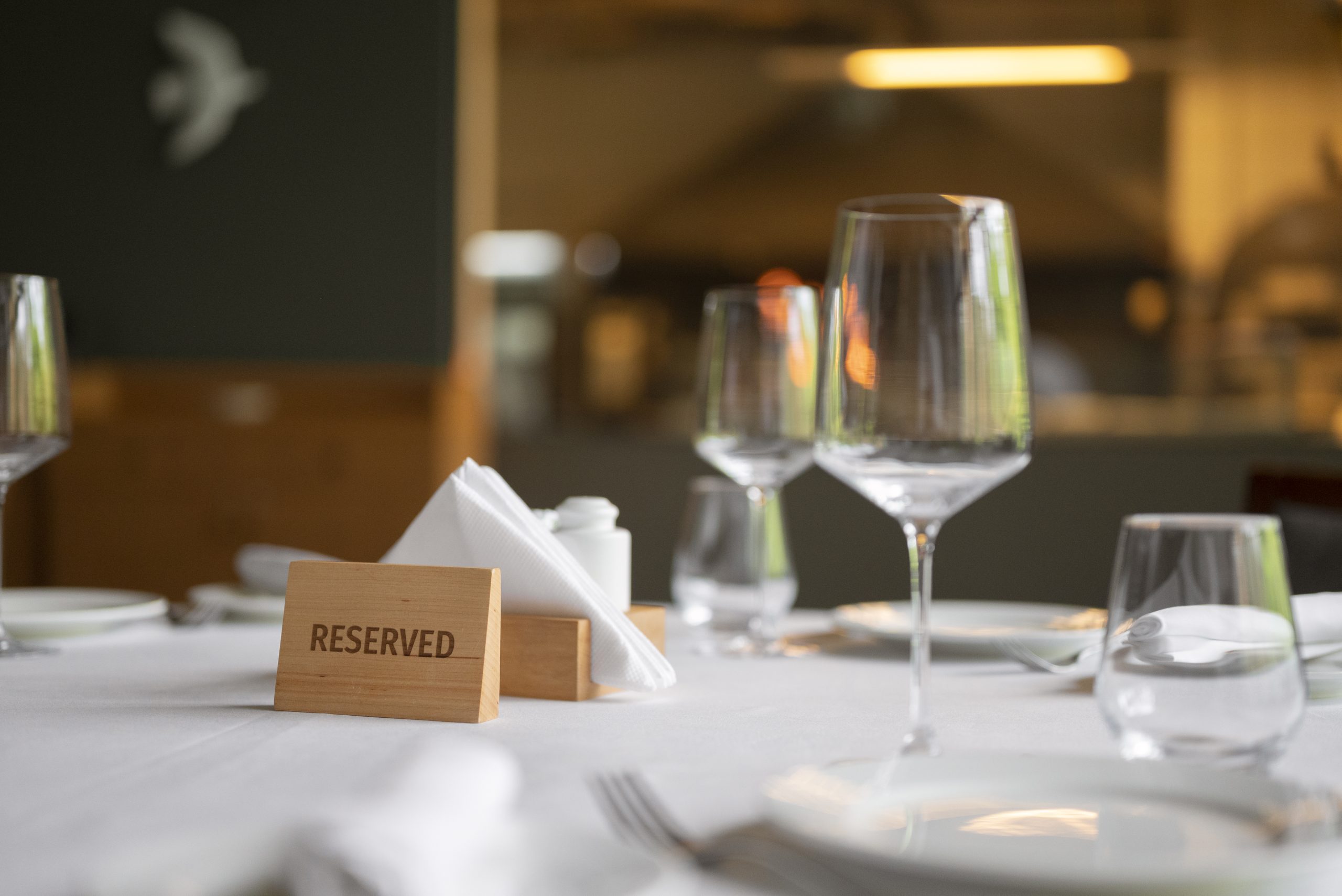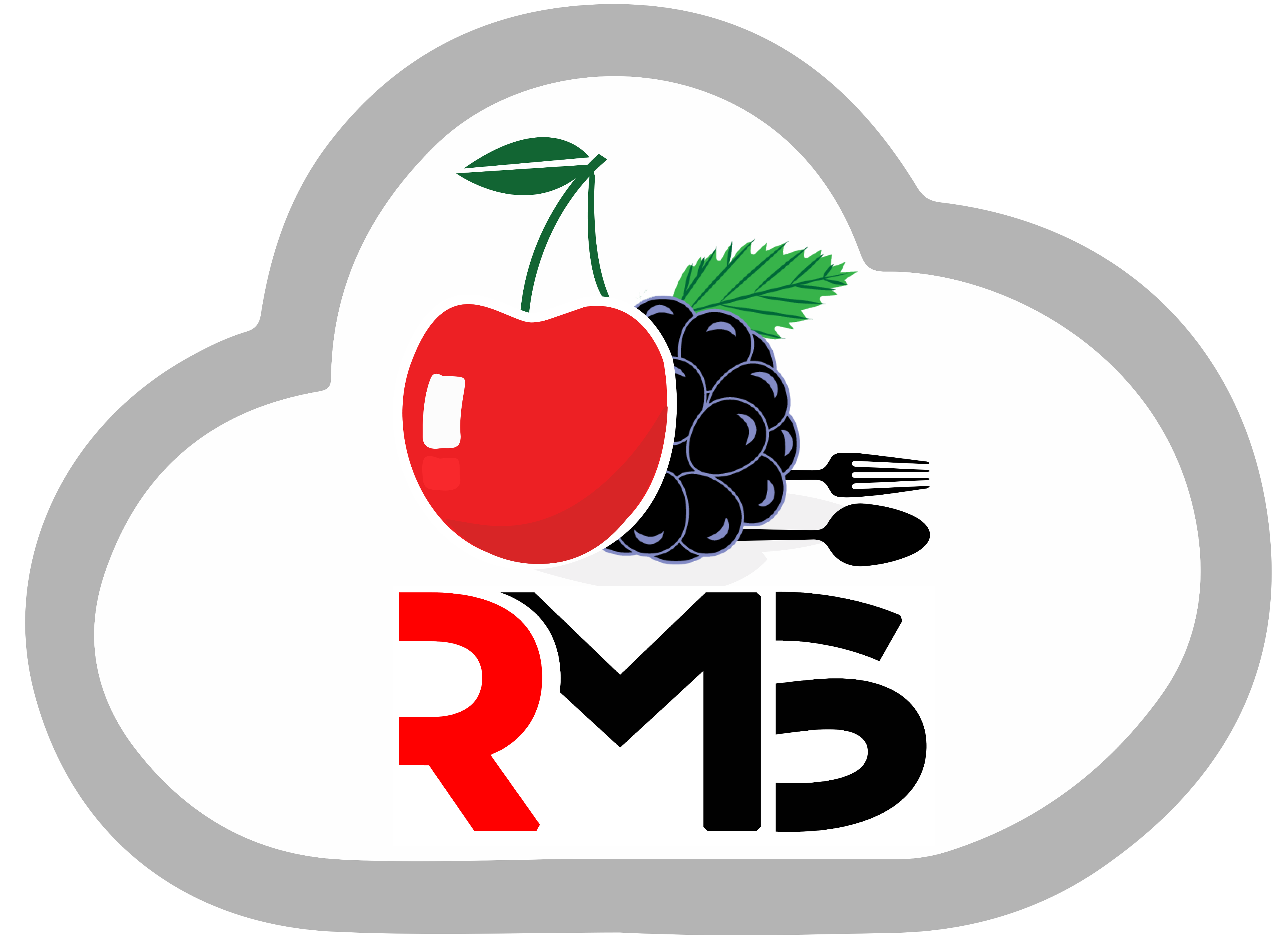
Streamlining Restaurant Table Reservation System in Lahore
Restaurant table reservation systems have transitioned from pen-and-paper logbooks to sophisticated online platforms integrating directly with POS software. This technological evolution has enabled dramatic improvements in hospitality efficiency. With the costs of missed reservations and walkaways weighing heavily on restaurant profit margins, operators need to tap innovations to optimize seating utilization. When leveraged effectively, reservation systems become powerful assets furthering customer convenience, operational visibility, staff productivity, and the bottom line. The restaurant table reservation system in Lahore has gained huge importance over the past few years because of its unparalleled advantages.
Benefits of using Restaurant Table Reservation Systems:
Here are a few of the benefits, restaurant owners gain from restaurant table reservation systems.
Enhancing Guest Convenience to Increase Loyalty & Revenue:
In the ultra-competitive restaurant industry, operators live and die based on customer loyalty. Reservation platforms allow restaurants to provide guests with vastly superior dining experiences through enhanced convenience. Most systems offer user-friendly websites and mobile apps enabling remote, real-time booking. Customers can instantly select and reserve their preferred date, time, and table size without needing to call or visit. Systems flag tables as reserved, preventing double bookings. Alerts about upcoming reservations get pushed directly to patrons for confirmation. Guests also appreciate 24/7 cancellation abilities from smartphones if plans change. By empowering self-service booking control, reservation systems drive a higher frequency of visits and greater customer lifetime value.
Optimizing Floor Plans and Seating Efficiency:
Online reservation systems grant unmatched visibility into upcoming table demands well in advance. Analyzing historical booking data, managers can pinpoint high and low traffic periods and days to establish better staffing and floor plans. Understanding future occupancy rates enables strategic decisions on table orientations and combinations each hour for maximizing seating capacity. This data-backed precision in table planning alleviates congestion during busy times and concentrates unused tables during slower periods. Managers can also tweak table turn durations more accurately within the system instead of using imprecise global averages. When reservation durations get extended, adjacent reservations automatically shift ahead dynamically, preventing gaps. All these capabilities optimize operational efficiency and sales velocity.
Staff Empowerment through Enhanced Visibility:
Reservation systems also improve staff training procedures and empower servers with real-time data access to better serve guests. Digital logs of accurate timestamps throughout guests’ lifecycle, booking, seating, service start, courses, desserts, checkout, etc, provide managers clear accountability in identifying problem areas. Underperforming staff around long durations get retrained. Alerts if tables are vacant beyond thresholds prompt servers to either turn them faster or inform hosts to seat more guests. Reservation platforms streamline communication between front and back-of-house as well, displaying upcoming orders, courses, and menu items table-wise. A better overview of upcoming workload helps kitchens prep inventories and instructions in advance rather than getting surprised. Empowering staff with such granular guest details and benchmarks significantly bolsters productivity in serving more covers faster.
Protect the Bottom Line by Reducing Revenue Leakage:
Between 10 to 15% annual revenue leakage through missed reservations, botched walk-ins, and unused tables is not uncommon in the restaurant business. However, reservation systems help mitigate these profitability pitfalls in multiple ways. Documented logs of no-shows enable charging penalties to credit cards provided while booking, offsetting losses from wasted capacity. Increasing online convenience also reduces walkaway likelihood when guests face waits without prior planning. Waitlist features notify patrons of estimated delays and even enable off-premise paging till their table gets ready, disincentivizing leaving.
Additionally, apps allow guests to join waitlists or make last-minute reservations from their smartphones when out in the vicinity. This captures potential revenue from impulse walk-ins also spurred through SMS and push notifications to fill last-minute cancellations. Reservation systems significantly improve revenue capturing across various touchpoints. Table utilization rates get maximized continuously when every scheduling gap eventually faces web visibility for online bookings or walk-in assignments. Operators gain tremendous power to minimize revenue leakage and preserve bottom lines.
Conclusion:
As restaurants emerge from the devastations of COVID-19 slowdowns, optimizing seating efficiency is more important than ever to regain profit trajectories through higher covers per square foot. Table reservation platforms will likely see massive industry adoption given the new operational challenges. Inventory and staff now need meticulous planning daily, instead of relying on pre-pandemic assumptions. The restaurant table reservation system in Lahore enables the heightened precision required in the post-COVID landscape to run lean yet nimble operations. The granular visibility and flexibility possible with online table booking will be pivotal to sustaining viable restaurant businesses. Integrating reservations management with scheduling, workforce, and inventory tools on consolidated platforms will further coordinate data insights toward profitability. You can visit CherryBerry RMS for more details.
